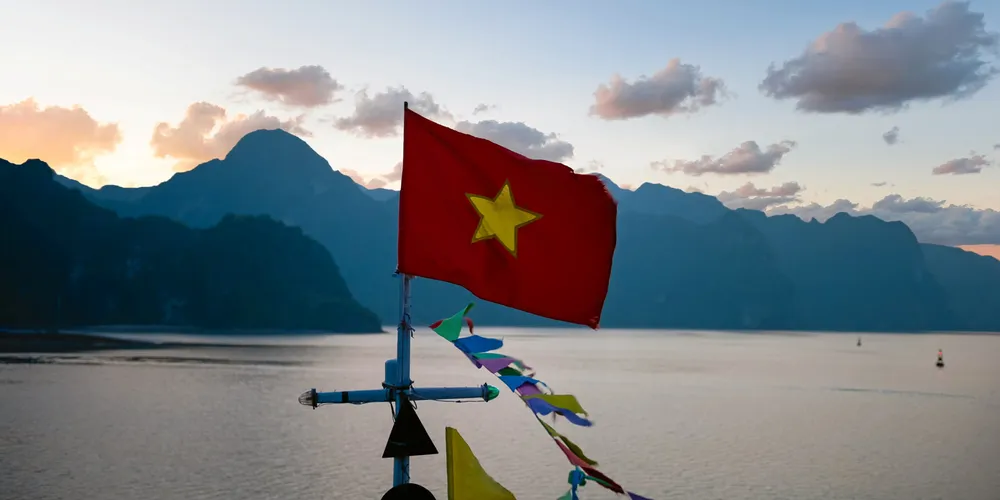‘Vietnam can leap the hurdles and take its place as an offshore wind leader’
OPINION | Policy and infrastructure challenges remain but the nation of 96 million has all the ingredients to be a powerhouse in wind at sea, write Kohe Hasan and Hoang Nghiem
